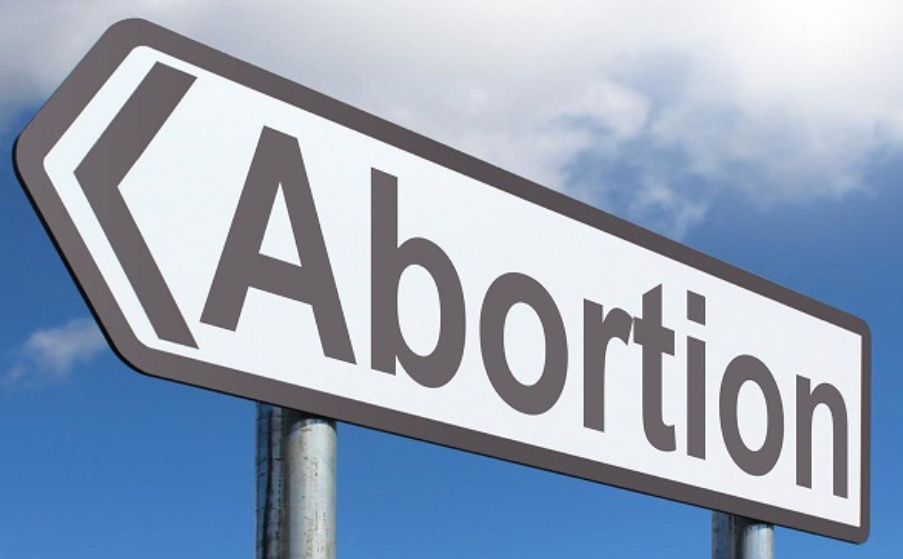Preparing for the next battle in the abortion debate.
What to Know:
- 13 states have enacted total abortion bans; California expanded protections with $200 million for reproductive health services.
- Pro-life organizations focus on incremental policies like 15-week bans and parental notification laws.
- Public opinion is split: 58% support some level of access, while 37% favor restrictions.
- Pro-choice campaigns leveraged over 1.5 million social media posts in 2023 to rally support.
- Both sides are ramping up efforts to influence the 2026 midterms through electoral strategies and grassroots mobilization.
The debate over abortion remains a defining issue in American politics, with both pro-life and pro-choice groups ramping up their efforts in anticipation of the 2026 midterm elections. Pro-choice advocates aim to expand access through state and federal action, while pro-life organizations focus on advancing policies aligned with their values. Understanding the priorities and strategies of both sides is critical for shaping the next phase of this ongoing debate.
Key Developments and Trends
Since the reversal of Roe v. Wade, 13 states have enacted total abortion bans, and five others have implemented significant restrictions, according to Politico. Conversely, states like California and New York have expanded protections, including California’s $200 million investment to support reproductive health services and out-of-state patients.
Pro-life organizations have worked diligently to counter these trends, focusing on advancing incremental policies, such as 15-week abortion bans and parental notification laws. Groups like Susan B. Anthony Pro-Life America emphasize promoting alternatives, such as adoption and maternal healthcare initiatives, as part of a broader strategy to shift public sentiment toward pro-life policies.
Public opinion remains divided. Polling from Data for Progress shows that 58% of Americans support some level of abortion access, while 37% favor more restrictions. However, specific measures like waiting periods and parental notification receive stronger bipartisan support, providing a pathway for pro-life advocates to engage moderate voters.
Mobilization Tactics
Pro-choice groups are leveraging grassroots networks, with over 2 million people participating in demonstrations nationwide in 2023. Digital platforms like Instagram and TikTok have amplified their campaigns, with hashtags such as #BansOffOurBodies appearing in over 1.5 million posts. These efforts aim to galvanize support and counter restrictive state laws.
Pro-life organizations, meanwhile, are enhancing community-based outreach through partnerships with faith-based groups and crisis pregnancy centers. This localized approach prioritizes education, resource distribution, and engagement with underserved communities. At the state and federal levels, they have also concentrated their lobbying efforts on bolstering support for policies that prioritize maternal health services and family care.
Both sides recognize the importance of elections. Pro-choice campaigns increased voter turnout by 12% in key midterm races, while pro-life advocates successfully mobilized suburban and rural voters in swing states. These electoral strategies will likely play a crucial role in shaping the legislative landscape heading into 2026.
Challenges and Considerations
For pro-life groups, the challenge lies in balancing their core principles with policies that appeal to a broader electorate. Advocating for incremental measures, such as gestational limits and increased maternal healthcare funding, could help bridge the gap with moderate voters.
Pro-choice advocates face logistical challenges, particularly in addressing gaps in abortion access in rural and conservative areas. Efforts to expand access through ballot initiatives and litigation will likely encounter strong resistance in states with entrenched restrictions.
Wrap Up
As the 2026 midterms approach, the battle over abortion remains a critical issue for both pro-life and pro-choice groups. Pro-life leaders and center-right organizations have an opportunity to refine their strategies by focusing on incremental policies and engaging moderate voters, while pro-choice advocates continue to rally grassroots and legislative support to protect and expand access.
Understanding the priorities and mobilization tactics of both sides will be crucial for shaping the national conversation, influencing voter sentiment, and determining the future of abortion policy in America.


